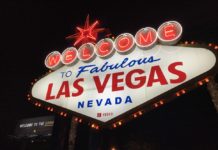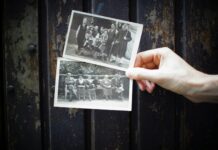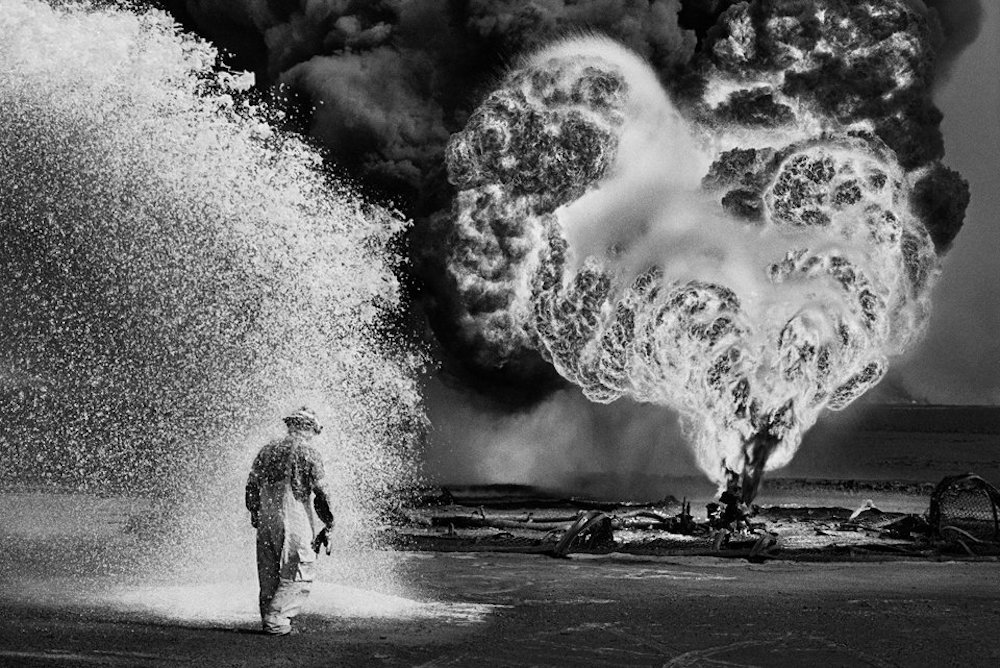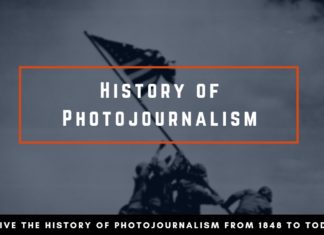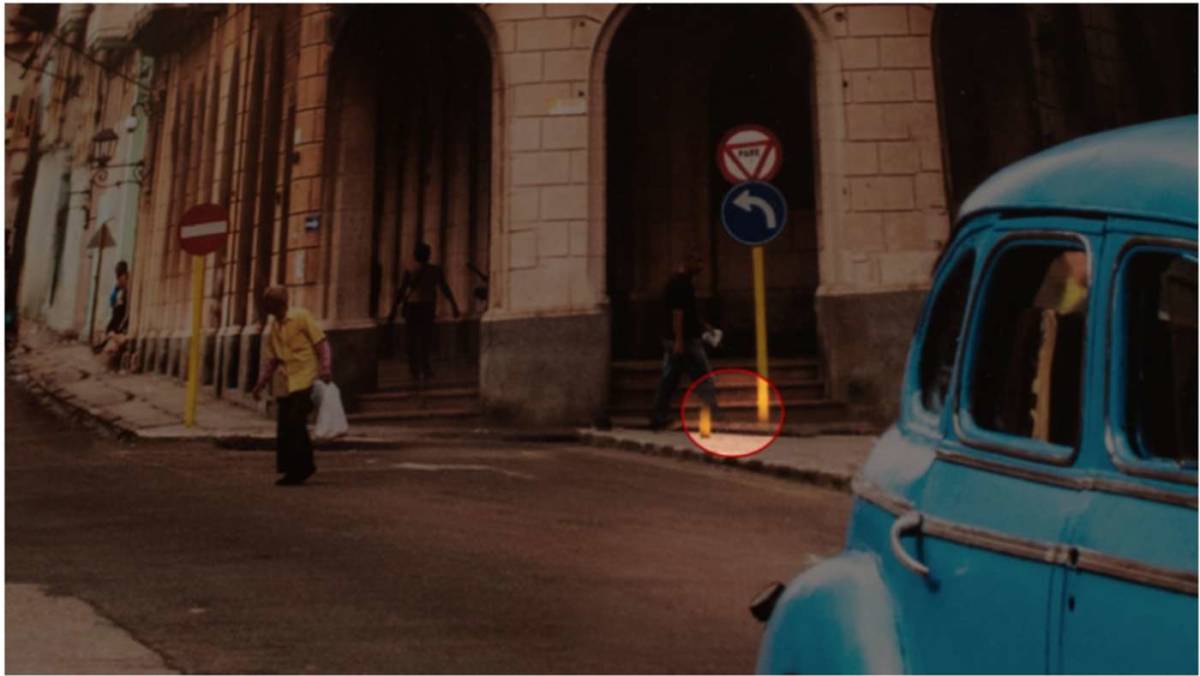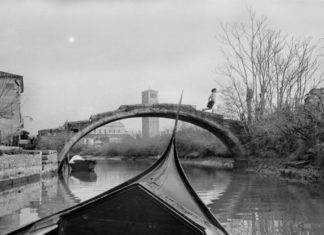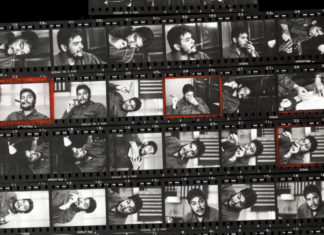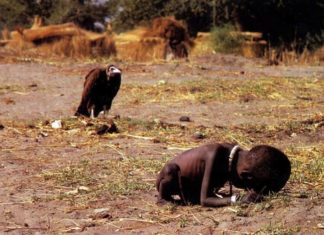Photographing in Black & White is more than taking a colorful image and desaturate it. Although in its early stage there was no alternative to Black & White photographers, there is still a characteristic style which is the reason that monochrome remains a popular choice for stylistic reasons.
Especially amongst us Street Photographers, monochrome is still a widespread favorite, despite our cameras being able to take color images.
Seeing as a Black & White Photographer
Photographing in Black & White requires us to see differently. Contrasts become more prominent, shadows can create a visual novel themselves and distracting elements can be reduced.
In the past & present, there have been Black & White photographers that didn’t only take colorless images. They mastered their “monochrome eye” and created an individual world on their own.
Below I want to present inspiring Black & White photographers from different genres, that present every range of emotion & beauty without the need of colors.
Black & White Photographers
1Ansel Adams

As a member of the influential f/64 group, Ansel Adams is probably one of the most influential Black & White photographers of the 20th century.
With a musical background, he viewed composition in photography in a similar way as in music. His photographs speak a very clear language and are very carefully arranged.
In the picture below, you can see that he uses shadows to layer the image. A specific detail can be found in the foreground where the deer stands in a sort of a spotlight.
Beyond being a Black & White Photographer, he had a huge influence in the preservation of national parks.
“It is easy to take a photograph, but it is harder to make a masterpiece in photography than in any other art medium.”
2Helmut Newton
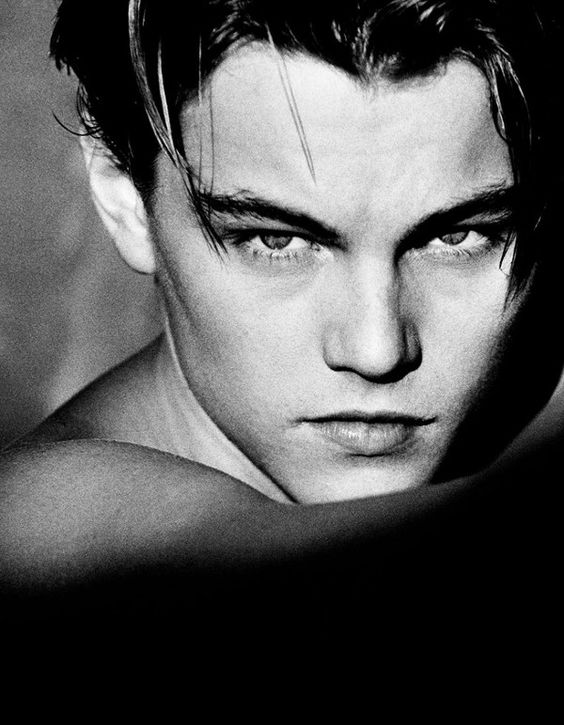
Being a Black & White Portrait Photographer, it is strange to say, but the people weren’t his main subjects in his images.
His photos are an ensemble of the characters he had in front of his lens and how he used the light to emphasize certain features.
In his honor, we have the Helmut Newton museum in Berlin that features his work and also a re-creation of his office in Monte Carlo.
“The desire to discover, the desire to move, to capture the flavor, three concepts that describe the art of photography.”
3Sebastião Salgado

“Life happens in color, Monochrome is only for the dead” is a phrase I hear often from other Photographers who can’t find the beauty in Black & White.
Sebastião Salgado has an impressive collection of wildlife images that show, that life doesn’t need colors. He isn’t specific to a single topic but wants to document life in its entirety.
Flaming oil fields in Kuwait, Whales in Patagonia or miners in India. His curiosity leads to a lot of interesting stories that he mastered to tell in monochrome.
“I’m not an artist. An artist makes an object. Me, it’s not an object, I work in history, I’m a storyteller.”
4W Eugene Smith

Smith was one of the original monochrome photographers working for the Life magazine. He was most renowned for his World War II documentary and is often cited as the originator of the “photo-essay”.
His legacy is still very visible in modern media. Hollywood used his image of soldiers raising a flag in Iwo Jima for the movie “Flags of our fathers”
Although he focused on the hardship of life, his images always preserved the dignity of his subjects.
“What uses having a great depth of field, if there is not an adequate depth of feeling?”
5Gordon Parks

To say that he followed in the footsteps of W Eugene Smith would be quite the understatement. In the world of monochrome photo essays, movies & novels he left his own lasting marks.
Growing up as the youngest of 15 siblings in the rural USA of the early 20th century he learned very early in his life to work hard and be persistence to achieve his goals.
Later he documented the life in New York’s toughest area Harlem. His photo-essays often resemble his own life in poverty.
Especially in his “Harlem Gang Wars” essay, his mastership as a Black & White Photographer shows, when only the subjects are illuminated by the little light that is left through the window.
I suffered evils, but without allowing them to rob me of the freedom to expand.
6Richard Avedon

One of the early black & white masters of fashion photography he was always fascinated by strong character portraits.
Instead of posing his models very strictly, he always gave them room to express themselves. Black & White helped to focus on the true characters that were in front of his camera.
Start with a style and you are in chains, start with an idea and you are free.
7Elliot Erwitt

Being interested in the absurdity of everyday life, Elliot Erwitt seeks for “Decisive Moments” to capture.
His images are humorous while retaining a serious notion.
He credits his own style to painters that inspired him. Instead of creating a certain style, the visual style found him.
Content is king in his images and monochrome supports his view on the world.
I’m not a serious photographer like many of my contemporaries. That is to say, I am serious about not being serious.
8Daido Moriyama the Gritty Black & White Photographer

So far most of the images were very clean and very straight forward. Daido Moriyama is the forefather of the “gritty” Japanese photography that has been established in the 1950s.
Tokyo is a vibrant city full of colorful signs, billboards or screens. Even in Black & White, the style is quite distinguishable from other cities.
You don’t need colors to make the city shine bright, like Daido Moriyama demonstrates.
My photos are often out of focus, rough, streaky, warped, etc. But if you think about it, a normal human being will in one day perceive an infinite number of images, and some of them are focused upon, others are barely seen out of the corner of one’s eye.
9Fan Ho

Forms and geometrical figures can be created with the help of shadows and architecture lines.
Fan Ho was a master of this visual design, integrating architecture in his photographic style.
Diagonals, crossing lines & Silhouettes where a preferred way of presenting Hong Kong.
I’ve always believed that any work of art should stem from genuine feelings and understandings
10Matt Black

Being the youngest photographer on the list, Matt Black translates a rough and gritty Black & White style from the past to the modern.
In his photo essays, he shows the rural life of immigrants in California or travels directly to Latin America.
As one of the last Black & White Photographers, he pursues long-term projects rather than quick snapshots. Successively this gained him a nominee membership for Magnum
The work of a photographer is to reveal hidden things
Conclusions of Black & White Photographers
These were some of my inspirations when it comes to Black & White Photographers. They all have in common, that their images have a sense of honesty & authenticity. Some are more cleanly composed, while others are very chaotic at first glance.
But they are all about the content and less about some fancy arrangements. When shooting in Black & White, the story and the visuals become more prominent. Those images are perceived often as less “fashionable”, instead they have a greater depth that you need to look at a lot longer to understand.



